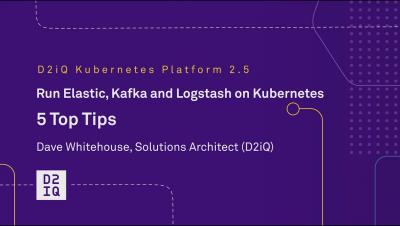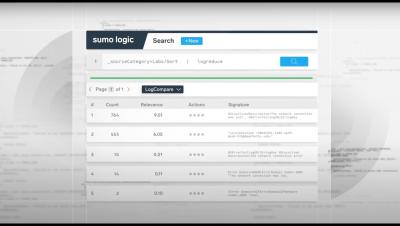A Guide on Log File Parsing Tools
While log parsing isn’t very sexy and never gets much credit, it is fundamental to productive and centralized log analysis. Log parsing extracts information in your logs and organizes them into fields. Without well-structured fields in your logs, searching and visualizing your log data is near impossible.










